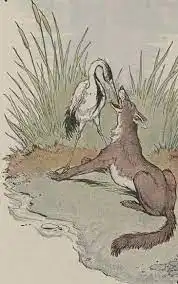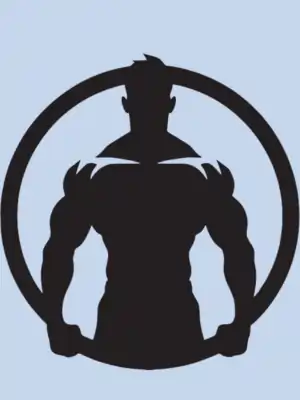The Wolf and the Crane
A Wolf had been eating too much, and a bone had stuck sideways in his throat. He could get it neither up nor down, and, of course, he could not eat a thing. Naturally, that was a bad situation for a greedy Wolf.

So away he hurried to the Crane. He was sure that she, with her long neck and bill, would easily be able to reach the bone and pull it out.
“I will thank you very nicely,” said the Wolf, “if you pull that bone out for me.”
The Crane, as you can imagine, was very uneasy about putting her head in Wolf’s throat. But she was greedy, so she did what the Wolf asked her to do.
When the Wolf felt that the bone was gone, he started to walk away.
“But what about my thank you!” called the Crane anxiously.
“What!” snarled the Wolf, whirling around. “Haven’t you got it? Isn’t it enough that I let you take your head out of my mouth without snapping it off?”
Moral of the story
Don’t expect rewards for helping the wicked: Helping someone who is selfish or mean may not lead to gratitude.
Choose wisely who you help: It’s important to be cautious and think about the consequences before helping someone.
Questions for the children
- Why do you think the Crane decided to help the Wolf even though she was uneasy about it?
- Can you think of a time when you helped someone, and they didn’t appreciate it?
Post Note: This story is based on Aesop’s fable, written around 600 BC. In this retelling, we’ve used simpler words to make the story easier for young readers to understand.





